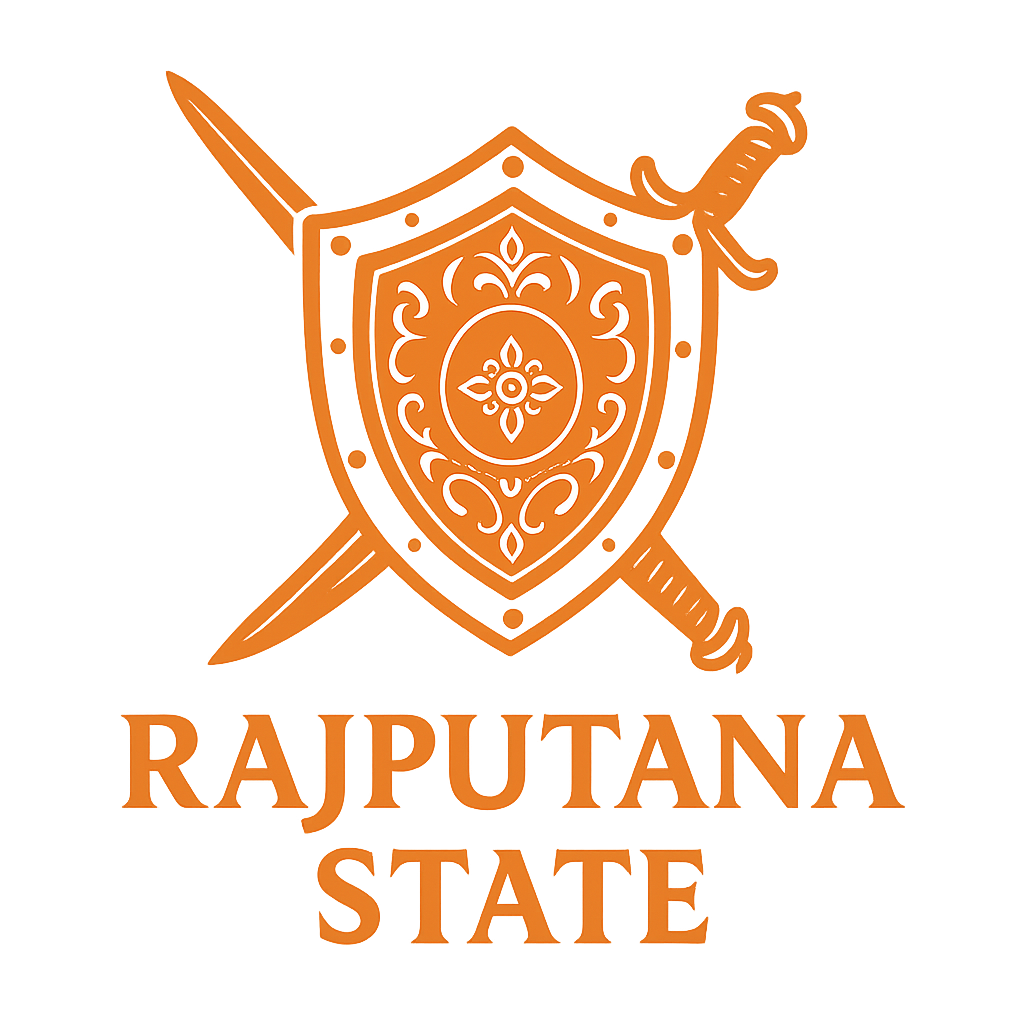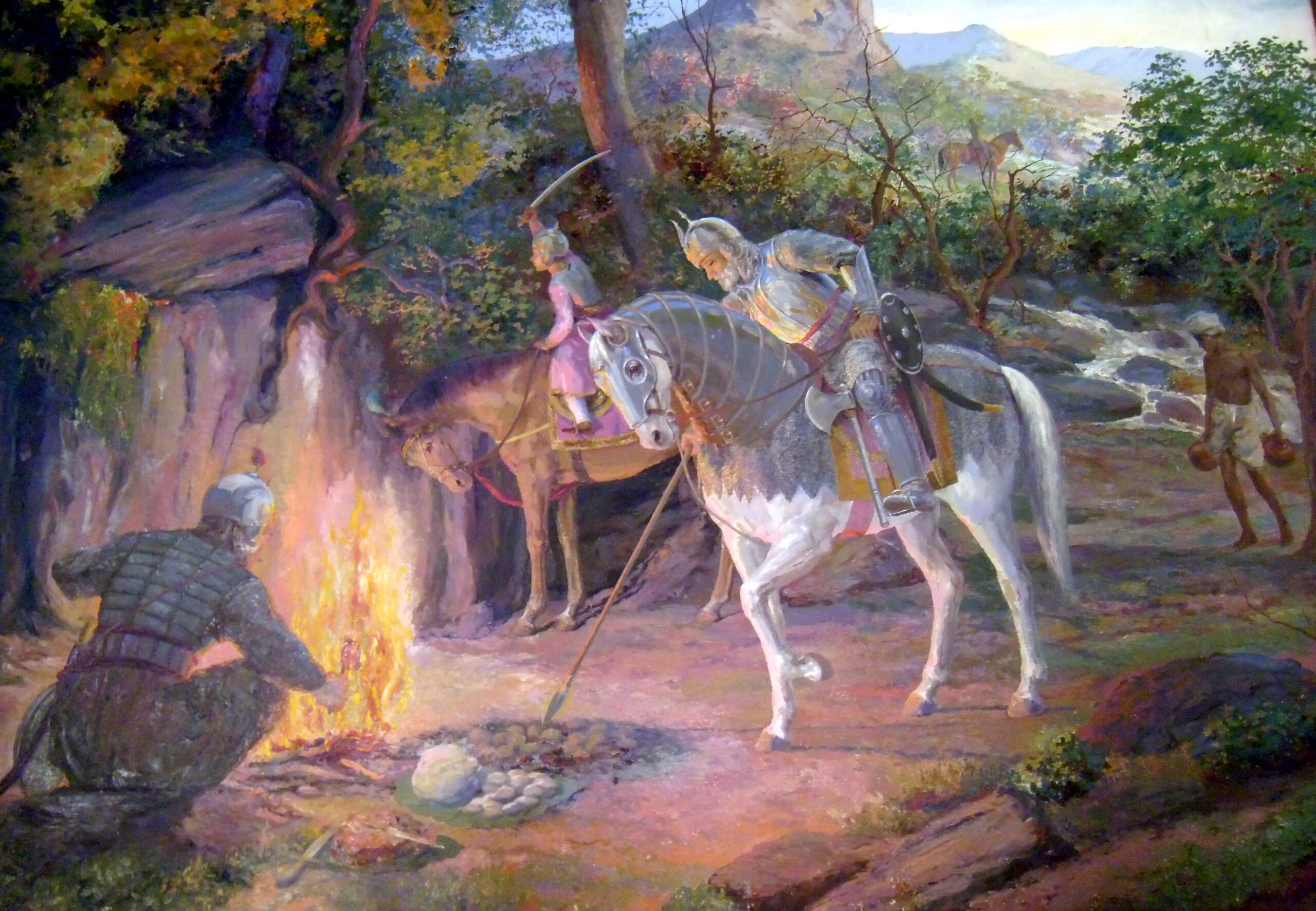The name “Rathore” resonates through the corridors of time, a name synonymous with courage, honor, and a deep-rooted connection to the sun-kissed sands of Rajasthan. We, the Rathores, are a clan whose history is not merely a chronicle of rulers and battles, but a vibrant saga of a people who carved their destiny in the challenging landscapes of Rajputana and left an indelible mark on the history of India.
Our origins, though debated by scholars, are steeped in the traditions of ancient and powerful dynasties. Some accounts link us to the venerable Gahadavala kings of Kannauj, a lineage that held sway in northern India. Others trace our roots to the formidable Rashtrakutas of the Deccan, suggesting a migration that brought our ancestors to the west. Yet, in the heart of every Rathore beats the conviction of our Suryavanshi descent, tracing our lineage back to the mythical Solar Dynasty, a connection that fills us with pride and a sense of ancient heritage.
The true blossoming of Rathore power in Rajasthan began in the 13th century. It was Rao Siha, often regarded as the progenitor of the Rathores in Marwar, who, according to lore, arrived in the Pali region and offered protection to the local populace from marauding elements. This act of chivalry and strength laid the foundation for our presence in this land. His successors, like Rao Asthan, continued to consolidate our hold, expanding our influence in the region.
A pivotal moment arrived with Rao Chunda in the late 14th century. Through a strategic marriage, he received Mandore, an ancient stronghold, as a dowry from the Pariharas. Mandore became our early capital, a base from which we further extended our dominion. Chunda’s assertive policies and military prowess established the Rathores as a significant force in Marwar.
But it was Rao Jodha, a visionary leader and a direct descendant of Siha, who truly elevated the Rathore destiny in the 15th century. Facing adversity and displacement, Jodha rallied his kinsmen, displaying remarkable resilience and strategic brilliance. He not only regained control of Mandore but also had the foresight to envision a new capital, a city that would stand as a symbol of Rathore strength and aspiration. Thus, in 1459, the magnificent city of Jodhpur was founded, dominated by the awe-inspiring Mehrangarh Fort, a colossal structure that seems to rise organically from the very rock it stands upon – a true testament to Rathore architectural prowess and defensive might. Jodhpur became the heart of the vast Marwar state, the premier Rathore kingdom.
The Rathore saga is also one of expansion and the establishment of new branches, each contributing to the clan’s widespread influence. Rao Bika, a son of Rao Jodha, ventured north and founded the state of Bikaner in the late 15th century. The Bikawat Rathores of Bikaner carved out their own formidable kingdom in the Jangladesh region, their history intertwined with both conflict and cooperation with the parent state of Marwar and other powers. Over time, other significant Rathore states like Kishangarh, Idar, Ratlam, Jhabua, Sitamau, Sailana, and Alirajpur were established by various branches of the clan, extending Rathore influence across Rajasthan, Gujarat, and Madhya Pradesh.
The Rathores navigated the complex political landscape of India, interacting with various major powers. We engaged in both conflict and alliance with the Delhi Sultanate and later, the mighty Mughal Empire. Rulers like Rao Maldeo of Marwar were formidable independent figures who challenged the burgeoning Mughal power. The legendary Rao Chandrasen Rathore stands tall as a symbol of unwavering resistance against Akbar, choosing a life of hardship and defiance over submission.
The relationship with the Mughals was not static. There were periods of alliance, where Rathore chieftains served with distinction in the Mughal armies, earning titles and recognition. However, the assertion of Mughal authority, particularly under Aurangzeb, led to periods of intense conflict. The Rathore rebellion of the late 17th century, a prolonged struggle for the rights of Maharaja Ajit Singh after the death of Maharaja Jaswant Singh, stands as a glorious chapter of Rajput resistance. Led by the indomitable Durgadas Rathore, a name etched in Rajput history for his unwavering loyalty, strategic genius, and sheer determination, the Rathores, often supported by other Rajput states like Mewar, valiantly fought for decades to protect their autonomy and the rightful heir. Durgadas’s efforts ensured that the Rathore flag continued to fly high in Marwar.
As the Mughal Empire declined, the Marathas rose to prominence, and Rajput states, including the Rathore kingdoms, faced new challenges. The late 18th and early 19th centuries saw Maratha incursions into Rajputana, leading to further conflicts and shifting alliances. Eventually, with the advent of the British, the Rathore states, like other princely states, entered into subsidiary alliances, coming under British suzerainty while largely retaining their internal autonomy.
Within the larger Rathore states like Jodhpur and Bikaner, numerous thikanas or feudal estates existed, held by various branches and kinsmen of the ruling family. These thikanas, such as Merta, played a crucial role in the administrative and military structure of the state, their Thakurs (feudal lords) owing allegiance to the Maharaja while holding considerable local influence. The history of these thikanas is an integral part of the broader Rathore saga, showcasing the decentralized yet interconnected nature of Rajput polity.
The Rathore legacy is not just one of warfare and administration. We have been patrons of art, architecture, and culture. The magnificent forts and palaces across Rajasthan stand as enduring testaments to our aesthetic sensibilities and grandeur. Our courts were centers of learning and culture, fostering poetry, music, and art. The devotional fervor of figures like Mirabai, a Rathore princess, adds a spiritual dimension to our history.
Even after India’s independence and the integration of the princely states, the Rathore legacy continues. The contributions of Rathores to the armed forces, administration, and various other fields continue to honor the clan’s history. The pride in our ancestry, the values of courage and honor, and the rich cultural heritage passed down through generations remain integral to the Rathore identity.
The history of the Rathores is a sprawling tapestry woven with threads of valor, resilience, political acumen, and cultural patronage. From our ancient origins to the establishment of powerful kingdoms and our interactions with the great empires of India, the Rathore saga is a compelling narrative of a clan that has played a vital role in shaping the history and culture of Rajputana and beyond.
References:
- Rathore dynasty – Wikipedia
- Rathore (Rajput clan) – Wikipedia
- Kingdom of Marwar – Wikipedia
- Chandrasen Rathore – Wikipedia
- Rathore rebellion (1679–1707) – Wikipedia
- Durgadas Rathore – Wikipedia
- RAJASTHAN; HISTORY OF RATHORE – West Bengal PCS Exam Notes
- History of Thikana Dhingsara and Bajekan
- Merta City – Wikipedia

